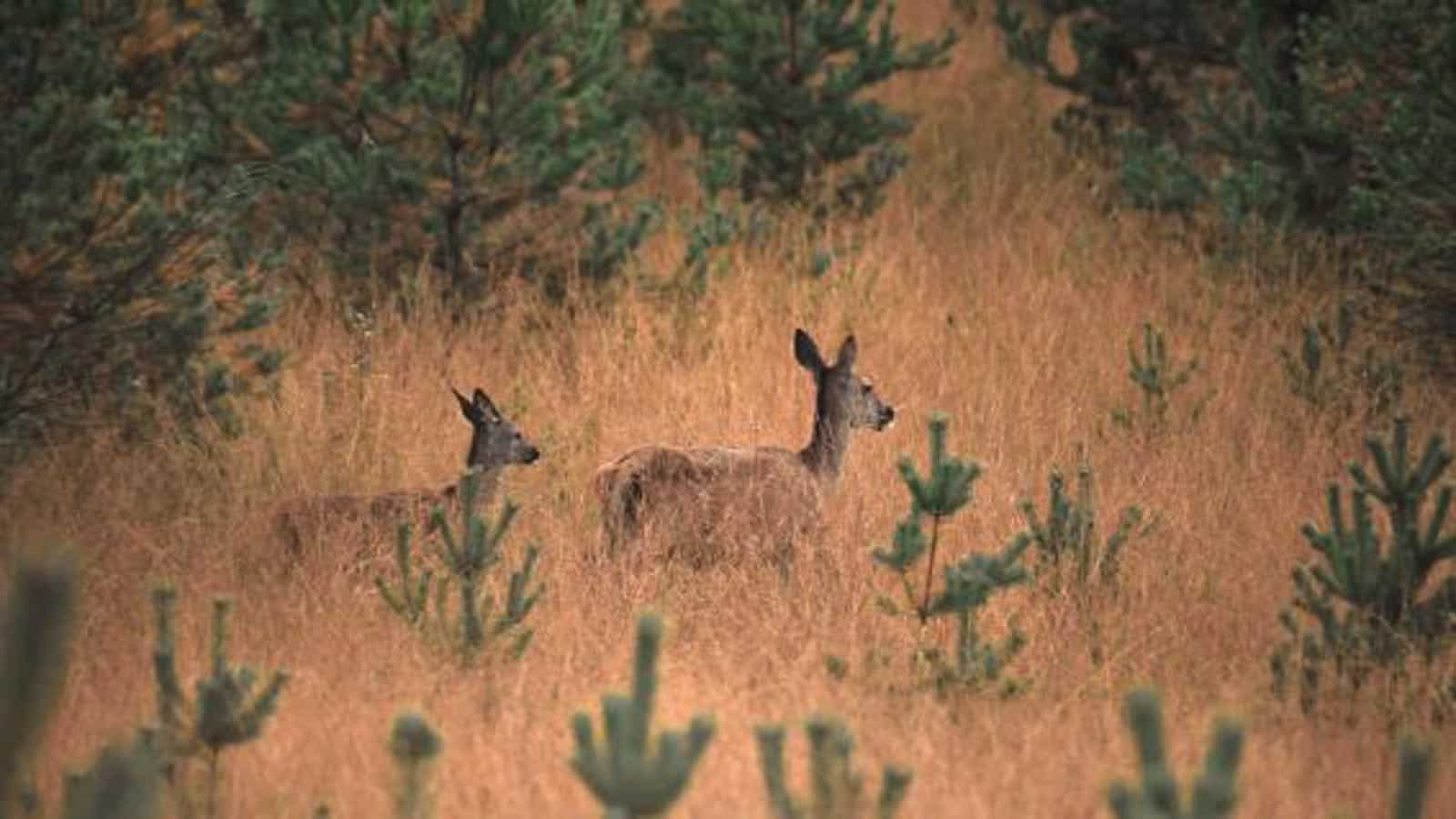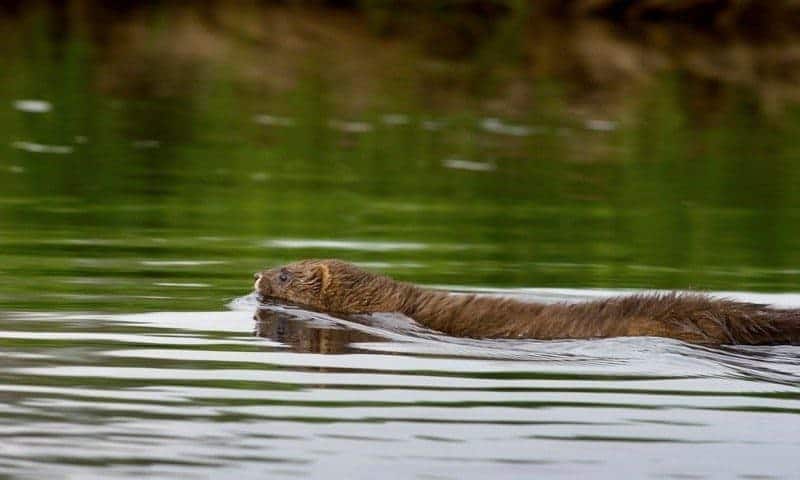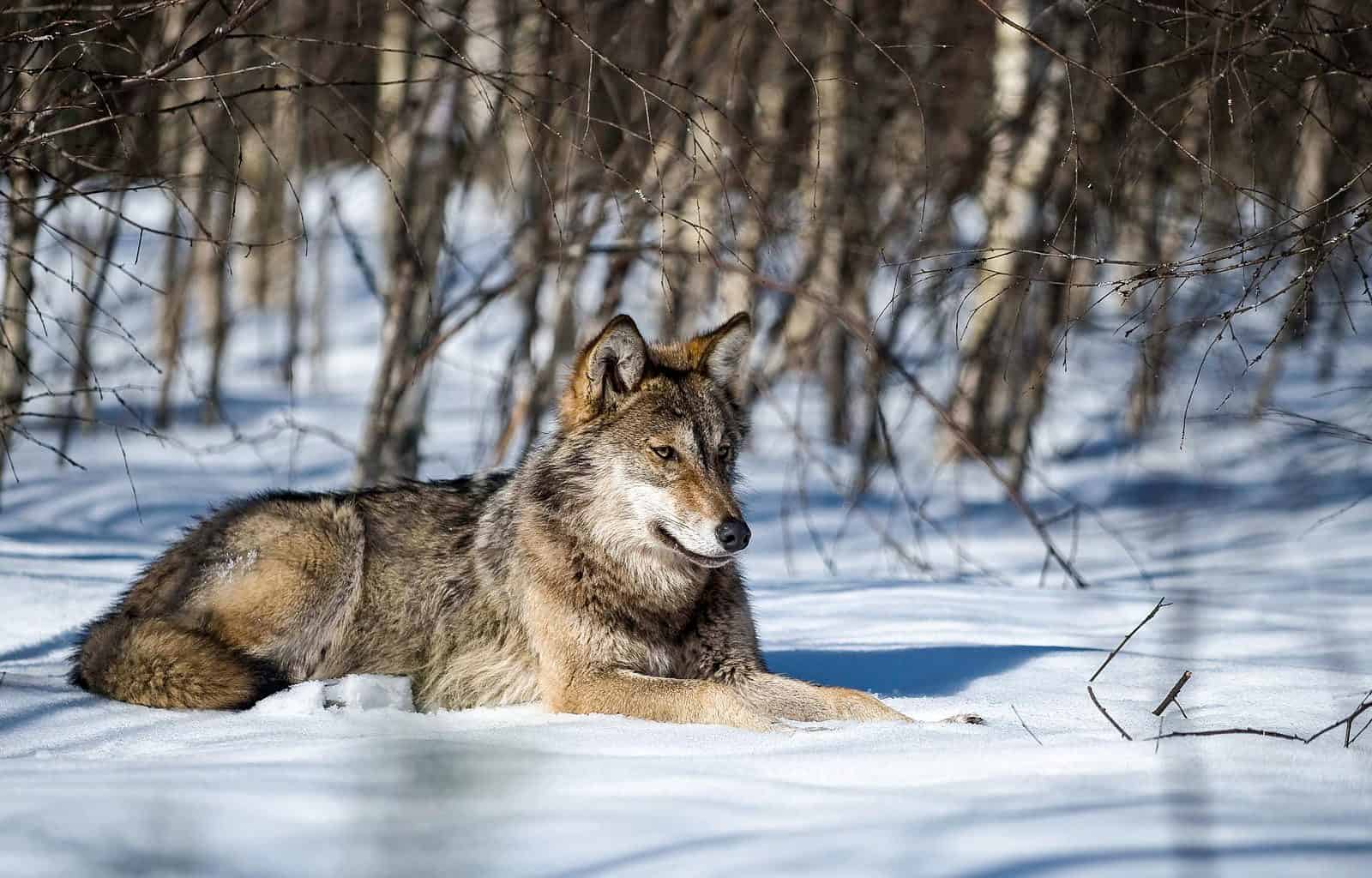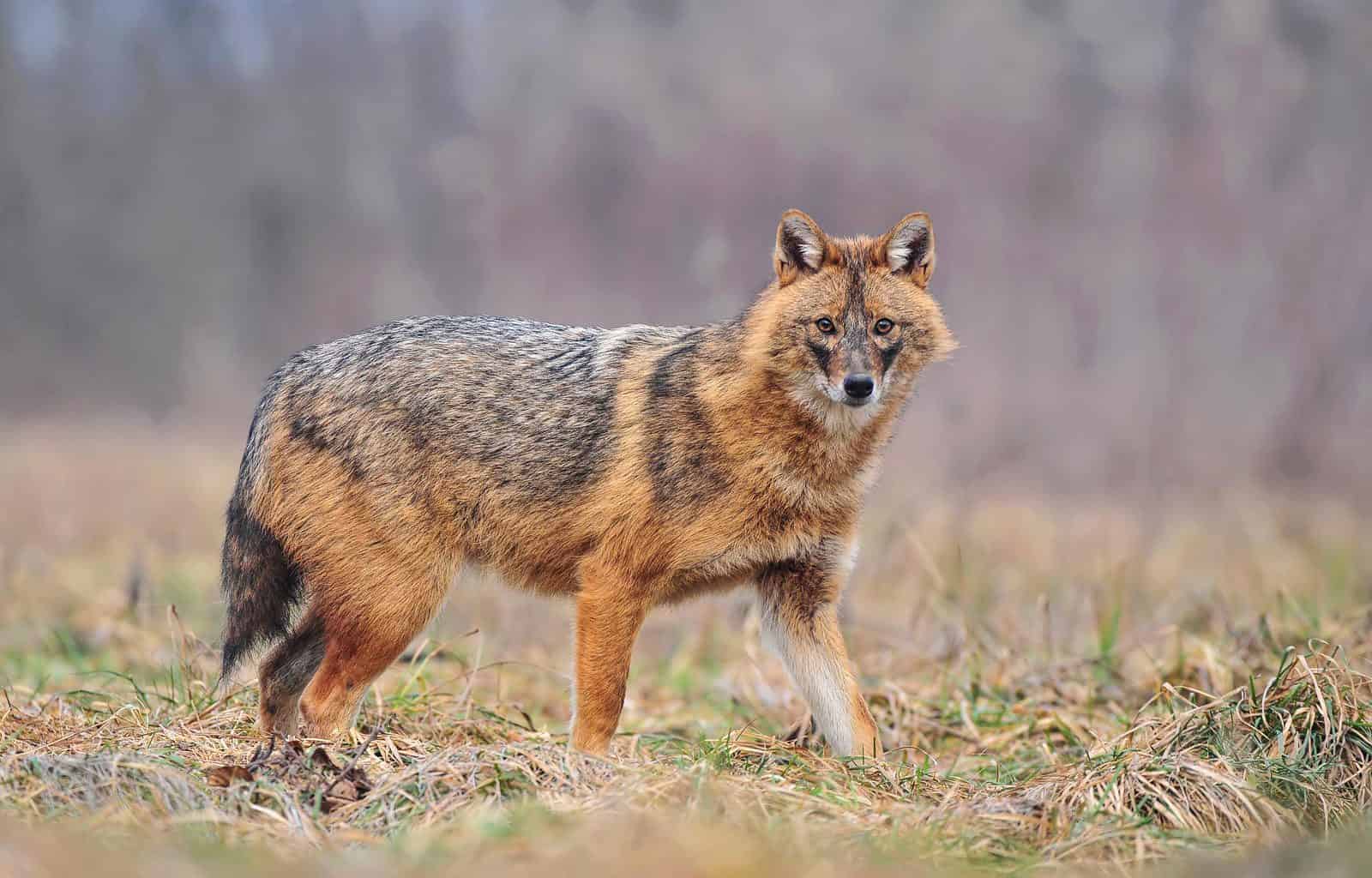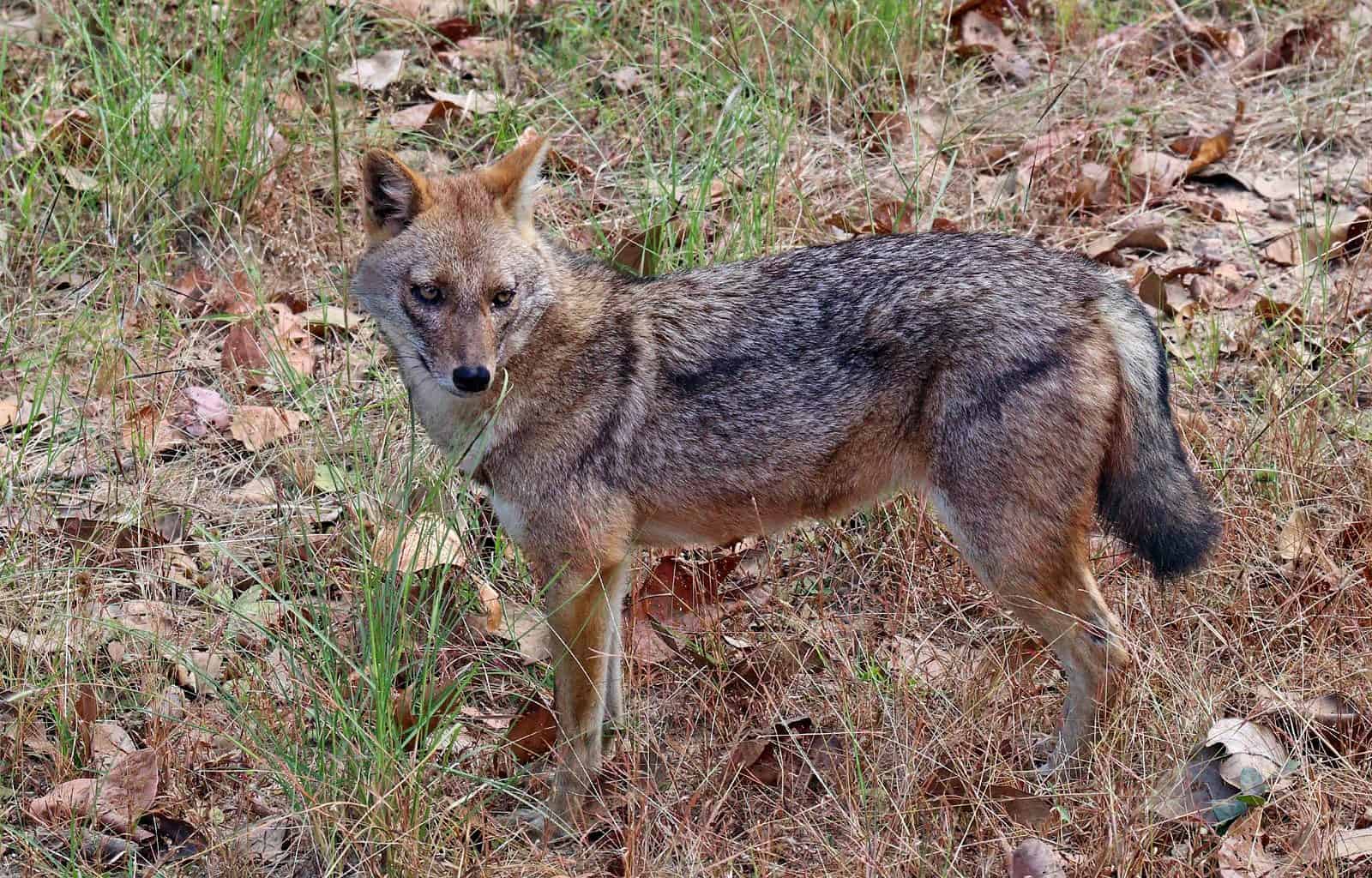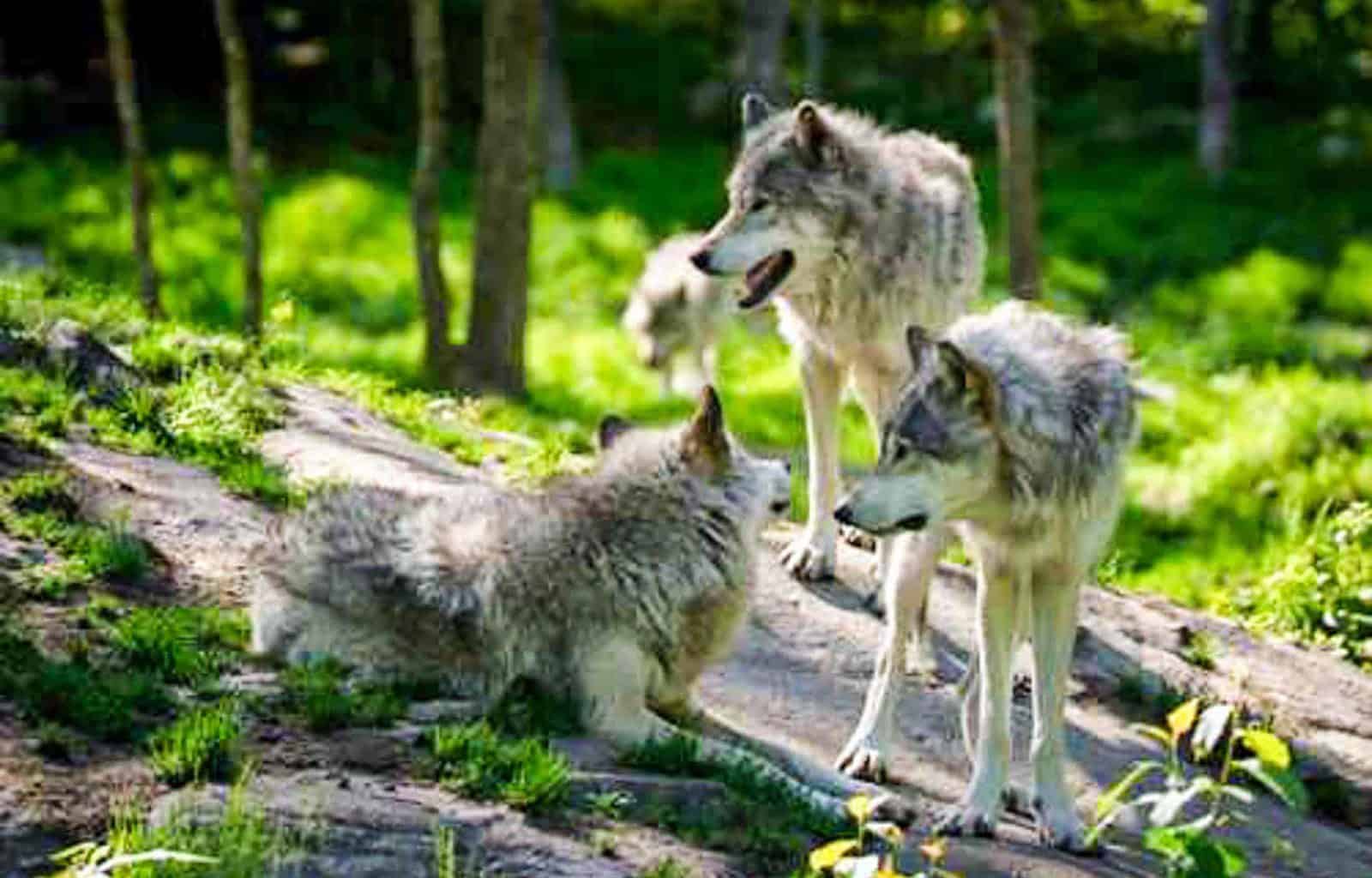Why is Wilderness fundamentally important for wildlife?
Wildlife needs space!
Someone can argue that wildlife can live in the environment pretty highly used also by humans anyhow and even in areas without natural predators!! There are number of examples like that. Let’s see roe deer (but also hare or wild boar), animals pretty well adapted their life style to the environment controlled completely by human, e.g. extensively or even semi-intensively used agricultural land. Though, the price of that adaptation is deterioration their health condition or changing their lifestyle. For example animals completely lost their natural respect from the predators…
Please also read: Nature, wildlife, Wilderness – what are they worth?
However even this animals with higher level of adaptability significantly suffer of missing at least fragments of really wild nature without impact of humans activities – Wilderness. The ‘new way of the life’ not only forced them to lost their natural respect from native predators (in the case of roe deer to predators as lynx or wolf) but also dramatically decreased their physical and health condition. Hunters guns only very inefficiently and inadequately are replacing selective pressure of the native predators. The result are frequent waves of diseases decimate roe deer populations and other animals.
The second argument supporting statement at the beginning of this article is that not all animals are so flexible and adaptable as e.g. roe deer and with disappearing of Wilderness they are disappearing as well!! The example is lynx or wild cat and very often smaller animals almost invisible for most of the people, the smaller and lesser-seen such as weasel, marten or otter.
The third argument supporting statement ‘we need more Wilderness’ is that animals (even such adaptable as roe deer or wild boar) need very much Wilderness (silent safe refugees) for the certain period of their life such as mating or breeding seasons, etc. Is well know that even such nonviolent animal as elk, moose or even bear can be aggressive in case if intruder (human) disturb them in these sensitive period!!
Conclusions:
- Even small fragments of Wilderness scattered throughout the man used landscape, e.g. small Wilderness fragments in Enchanted Land/Zacharovanij kraj, Ukraine, can significantly improve animals physical and health conditions.
- Newly created ‘Wilderness’ such as Natural Landscapes in Brandenburg, Germany are critically important as habitat for plenty of species with impressing representatives such as Grey Wolf, European otter, beaver and white-tailed Eagle.
- Systematically restored Wilderness such as Kalkalpen NP, Austria, already for decades gives wildlife the guarantee that their entire habitat will be protected, from the microbes that make nutrients available for growth of plants that wildlife eat, to the predators that keep wildlife populations healthy.
- Concept of management policy ‘keeps hands of’ such as Wilderness in Swiss NP, Switzerland, already for 100 years provides a proof that Wilderness restoration can be slow and long-term process proved that some damages done by human need a lot of patience to see a spontaneous recovery.
- Strict implementation of Wilderness concept such as in Berezinski Reserve NP, Belorussia locks land out “the destructive force of resource extraction” like logging or oil or gas drilling, and forestalls the potentially harmful development of roads and other infrastructure.
And last but not least: The Wilderness, kept the natural food web largely intact, as bacteria in the soil process nutrients that support plants, which in turn feed the elk that serve as prey for wolves, bears and other predators. With this chain unbroken, the habitat remains strong!!

